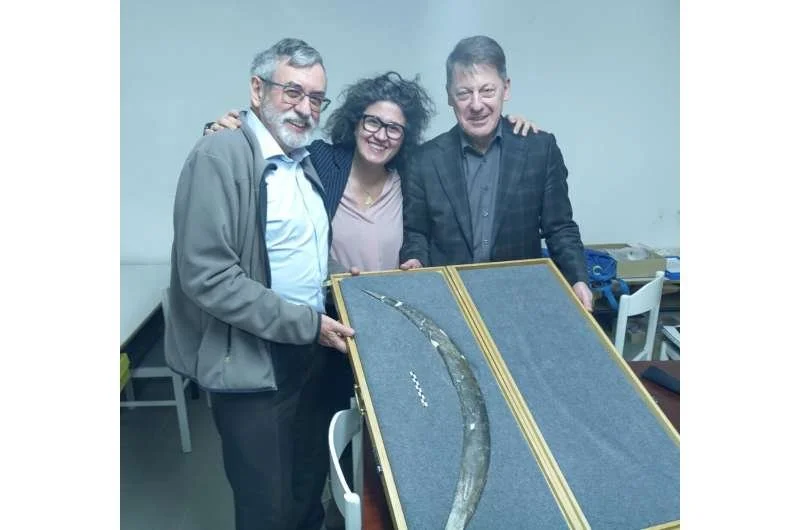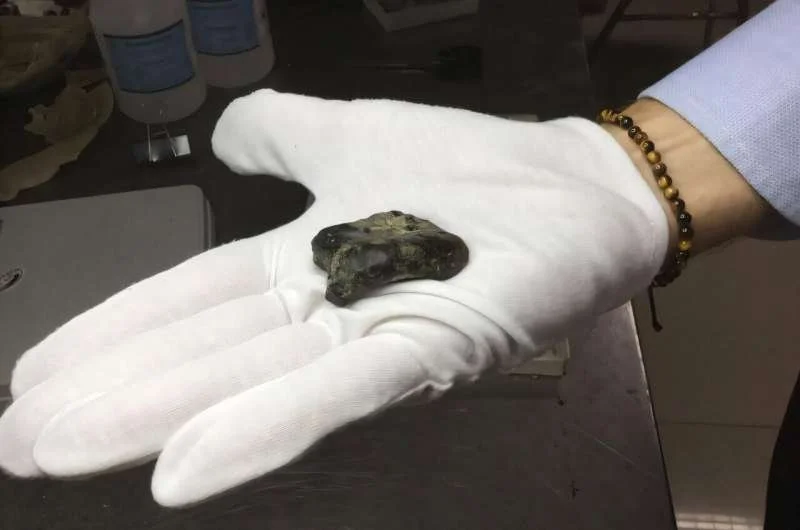BY THE ARCHAEOLOGIST EDITOR GROUP
Finding the tomb of Mayan king Pakal the Great in Palenque in 1952 was a major find for Mexican archaeologist Alberto Ruz Lhuillier. The elaborately decorated funerary artifacts discovered in the tomb shed light on the Mayans' worldview.
From about 2000 B.C.E. to 900 CE, the Mayan civilization thrived in what is now southern Mexico and Central America. The Mayans left behind many works of art and architecture, including pyramids, temples, and hieroglyphs, which account for a large portion of our understanding of their culture.
One of the most important finds in Mayan archaeology is Pakal the Great's tomb, also called the Temple of the Inscriptions. The pyramid-like Temple of the Inscriptions was constructed during Pakal's reign in the seventh century CE; the tomb was found underneath it. A carved stone sarcophagus, a stone mask, and various jade and shell objects were among the many burial artifacts discovered in the tomb.
What stands out most is the sarcophagus, which was hewn from a single block of stone. Intricate carvings adorn the structure and depict Pakal's descent into the underworld. The sculptures depict Pakal being whisked away on a divine chariot to the underworld through a series of gates and portals. A hieroglyphic inscription detailing Pakal's life and achievements is also found on the sarcophagus.
Stone mask placed over sarcophagus depicts Pakal's face and is also intricately carved. The jade and shell objects found near the sarcophagus may have played a role in rituals and ceremonies.
Important insights into Mayan religion and culture were uncovered upon the discovery of Pakal the Great's tomb. The Maya had a sophisticated belief system regarding the afterlife, as evidenced by the sarcophagus's carvings. Furthermore, the sarcophagus's hieroglyphic inscription is a rich source of data pertaining to Pakal and his reign.
Finding Pakal the Great's tomb was a major breakthrough for Mayan archaeology and for the study of ancient cultures more generally. It gives us a look into the worldview of a civilization that flourished more than a thousand years ago but still fascinates and inspires us today.
In recent years, the tomb's been restored and expanded to become a popular tourist destination in Palenque. World Heritage status was awarded to the Temple of the Inscriptions and the tomb of Pakal the Great by UNESCO in 1987. Since the Mayan civilization as a whole remains obscure to many, the finding of Pakal the Great's tomb is an important step forward in deciphering its history.
In conclusion, Alberto Ruz Lhuillier's 1952 discovery of the tomb of Mayan emperor Pakal the Great is an important find in archaeology. It is still read and studied today because of the insights it provides into Mayan religion and culture. The discovery of Pakal the Great's tomb is a reminder of the Mayans' lasting legacy and a testament to the wealth of cultural artifacts they left behind.







